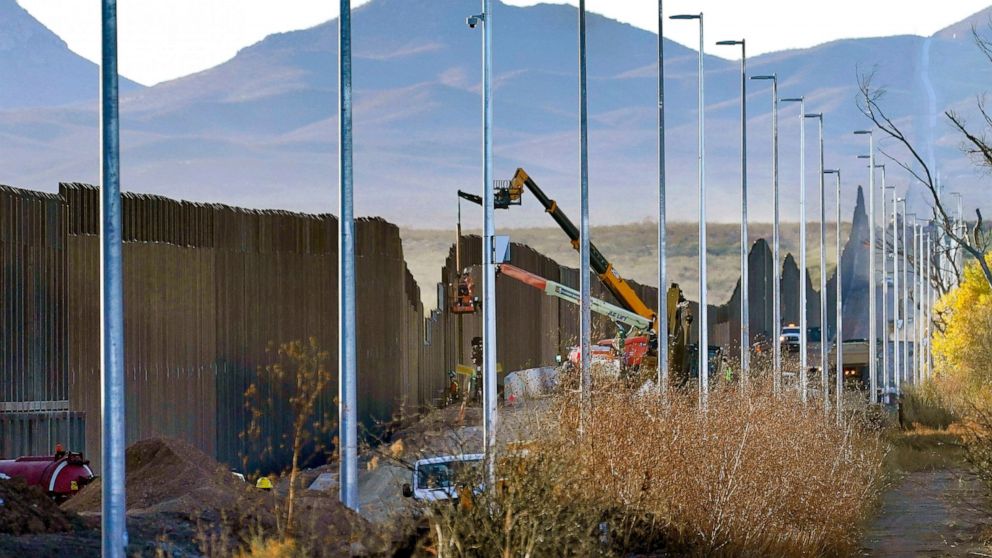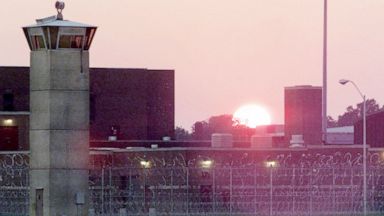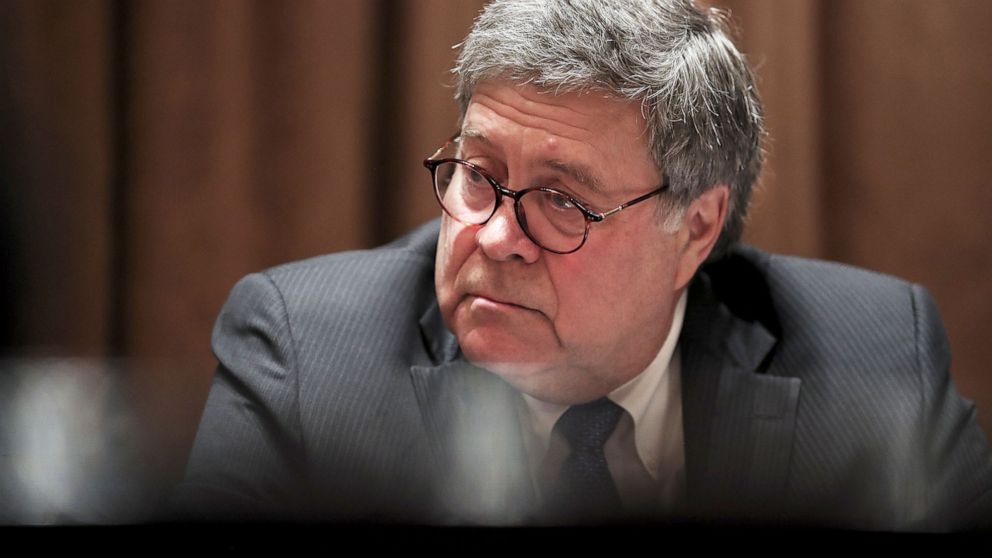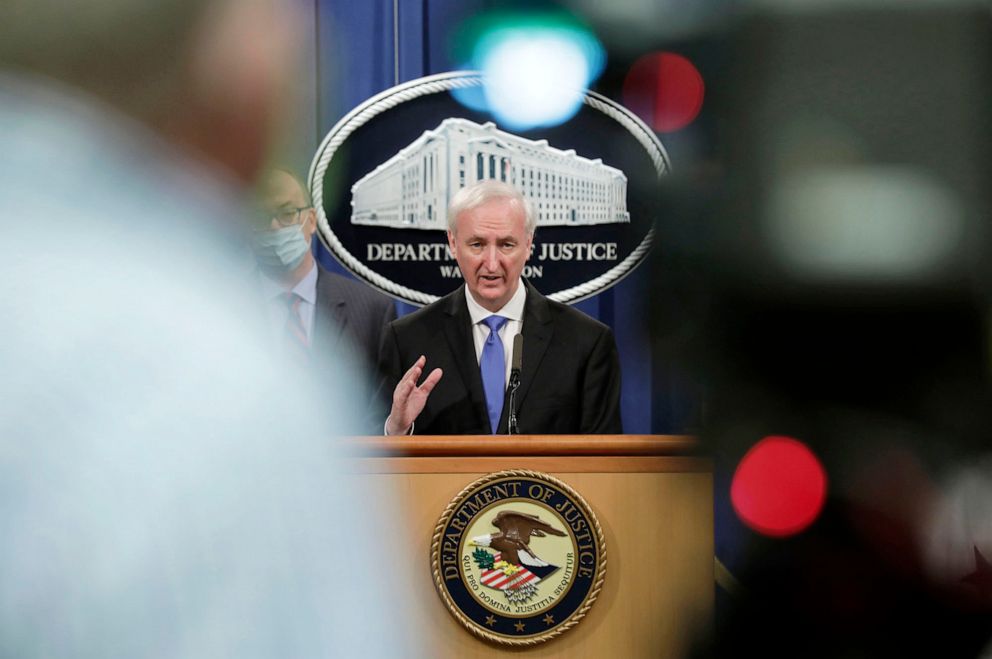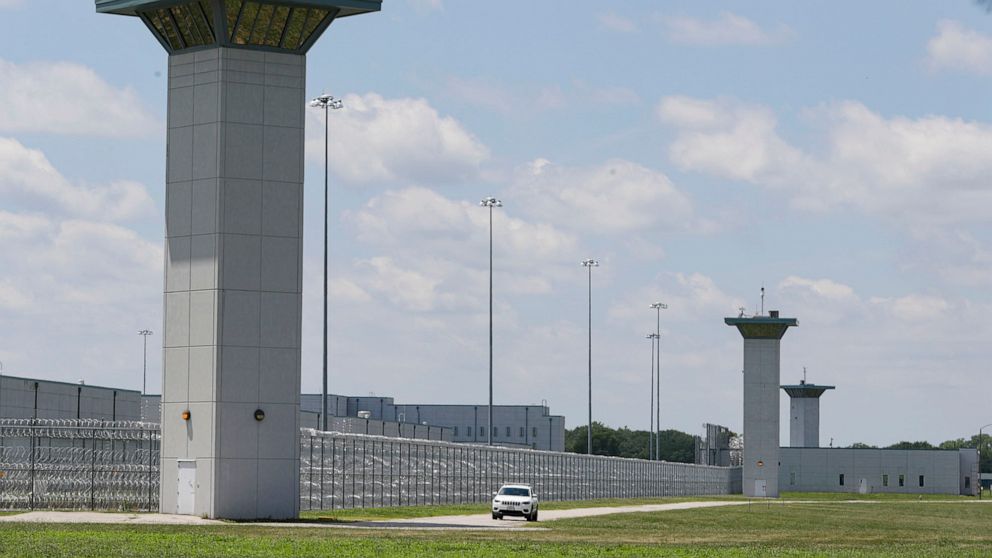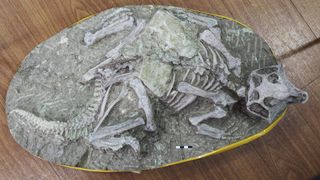Berlin police have raided homes and jewelry shops on suspicion they could be connected to efforts to fence a massive 100-kilogram (220 pound) Canadian gold coin that was stolen from a museum in the German capital
By DAVID RISING Associated Press
16 December 2020

The Associated Press
FILE -- In this Dec. 8, 2010 photo a 100-kilogram (221-pound) Canadian gold coin is displayed
BERLIN -- Berlin police raided homes and jewelry shops Wednesday on suspicion they could be connected to efforts to fence a massive 100-kilogram (220-pound) Canadian gold coin — piece by piece — that was stolen from a museum in the German capital.
The coin, with an estimated value of 3.75 million euros ($4.45 million) was stolen from Berlin’s Bode Museum in 2017 and has not yet been recovered.
The morning raids were focused on eight suspects, aged between 14 and 51, of various nationalities, police said.
They are alleged to have been part of a ring that obtained stolen gold to melt it down and forge collector coins, then sell them as genuine through jewelry stores operated by them or their relatives. Some of the counterfeits are already circulating, police said.
The searches led to the discovery of counterfeit coins, forgery tools and a “five-digit” sum of cash, police said.
“The evaluation of the evidence is ongoing,” police said. “Among other things, a possible connection to the theft of the gold coin from the Bode Museum is being be examined.”
Berlin prosecutors said there were no arrests but that the investigation was continuing.
The searches came just two days after the arrest of a key suspect in the spectacular theft of 18th-century jewels from a Dresden museum last year, who is from a crime family linked to the Canadian gold coin theft.
Mohamed Remmo, 21, was arrested by Berlin authorities in a car in the Neukoelln district of the city on Monday evening. His twin brother, Abdul Majed Remmo, remains on the lam.
Police and prosecutors would not comment on whether there was a connection between the arrest and the searches, but members of the same family were convicted earlier this year for the Canadian gold coin theft.
Cousins Ahmed Remmo and Wissam Remmo, along with a friend who worked as a security guard at the museum, were all convicted of that Canadian gold coin heist and sentenced to several years in prison.
